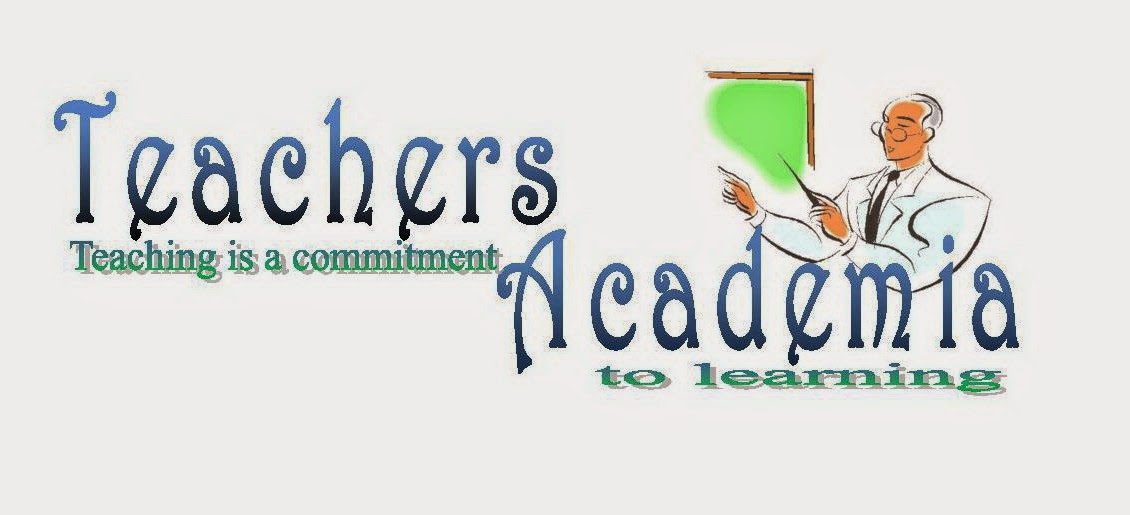Learning abilities of students in
the classroom vary. Some students are highly motivated and naturally
enthusiastic; others are mediocre in their performance and some are
likely contented to get a passing mark. Several attitudes manifested by
students may indicate how well they are in the learning process.
However, the teacher plays a serious and great role to obtain maximum
participation from the students. Effective learning depends on the
teacher’s ability to draw the student’s interest. There is no fixed
formula to adopt as to what style or manner of motivating the students.
Needless to say that spoon feeding is an outlandish strategy to make
students learn fast and become active “under the heat of the sun”. What I
mean is that, there is no supernatural method to stimulate the energy
of students to perform better in a given situation.
What about the use of incentives? Based on motivational theory on human behavior which was popularized by Sigmund Freud, Father of Psychoanalysis, human beings are motivated both through their inner drive to have an abundant life and the drive to overcome disappointments in life. Therefore, the chance to respond to these forces is constantly intertwined with the teaching-learning process. In relation to this, the students learn best whenever there are incentives or rewards provided and whenever their needs are answered. These incentives could be appreciation of a work well-done, better grades and better opportunities which are given selectively due to their best outcomes. Any student feels inspired by a single praise given by a mentor or recognition of a task distinctively done. Take note that every student has a specific skill to discover, to enhance and to recognize. This is a normal attitude of every human being. On the other hand, the needs of students may refer to the need to learn new information, the need to discover something for their benefit, the need to complete a task or activity, the need to be competent, the need to interact effectively and the need to become successful.
What about the use of incentives? Based on motivational theory on human behavior which was popularized by Sigmund Freud, Father of Psychoanalysis, human beings are motivated both through their inner drive to have an abundant life and the drive to overcome disappointments in life. Therefore, the chance to respond to these forces is constantly intertwined with the teaching-learning process. In relation to this, the students learn best whenever there are incentives or rewards provided and whenever their needs are answered. These incentives could be appreciation of a work well-done, better grades and better opportunities which are given selectively due to their best outcomes. Any student feels inspired by a single praise given by a mentor or recognition of a task distinctively done. Take note that every student has a specific skill to discover, to enhance and to recognize. This is a normal attitude of every human being. On the other hand, the needs of students may refer to the need to learn new information, the need to discover something for their benefit, the need to complete a task or activity, the need to be competent, the need to interact effectively and the need to become successful.
How to make them active? The students in a classroom have
a unique way of learning. They can design based on their concepts, can
create out of their materials, can write according to their perceptions,
can solve problems and can do assigned tasks. Sometimes a teacher
encounters a passive student along with active students. Well, the
teacher has a way to encourage that student. Posing provoking
situations can help although such technique requires “squeezing of one’s
brain”. It is better to stop passivity before it is too late like
others are also contaminated with it. It’s worthy to be spirited enough
for the sake of the students.
What about the teacher? The enthusiasm
of a teacher is a fundamental factor in student motivation. Suppose that
you are bored or lethargic. Of course, your students will be bored in
two-folds too. Generally, a teacher’s eagerness or enthusiasm comes from
self-confidence, animation concerning the lesson, and authentic
satisfaction in teaching. If you find yourself impassive towards the
lesson, you must think back to what made you become a teacher and try to
revive those areas of life to inspire your students. Let’s say for
example, you may create the most stimulating approach to introduce your
lessons. Remember, that every day is full of challenges.








